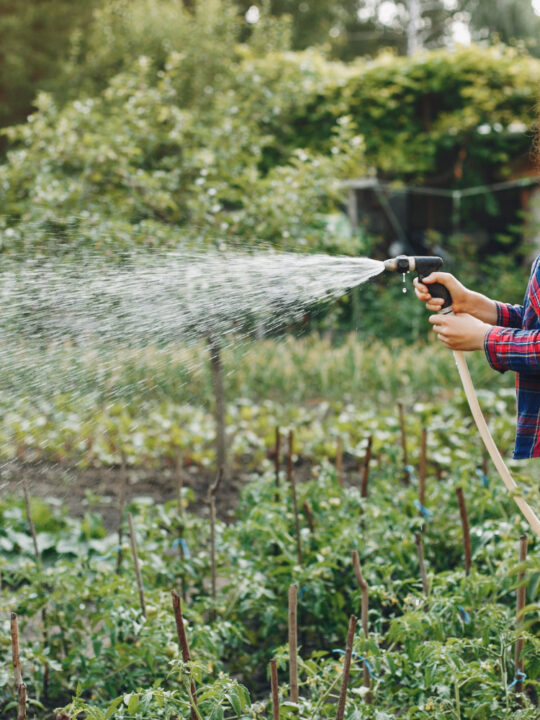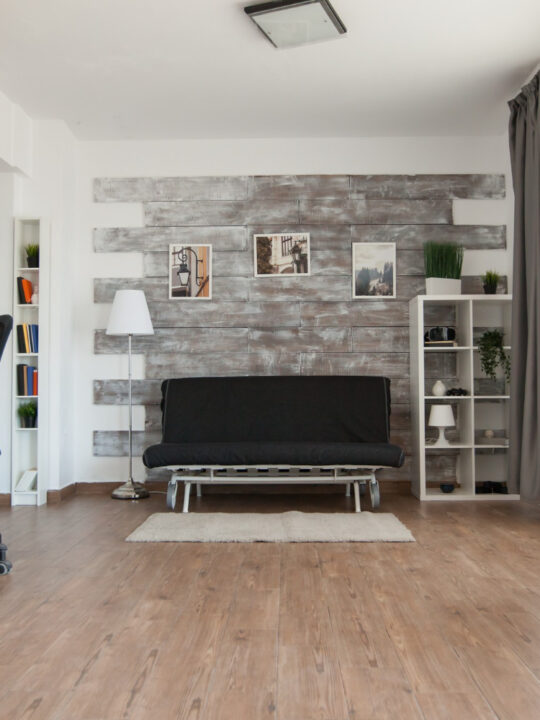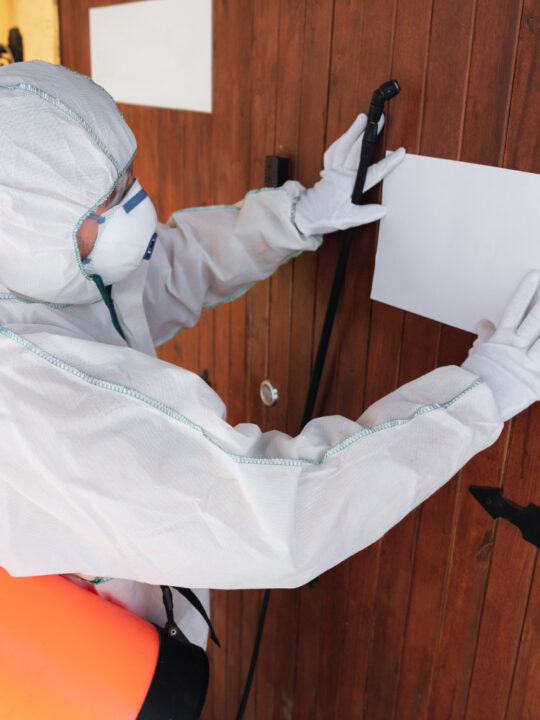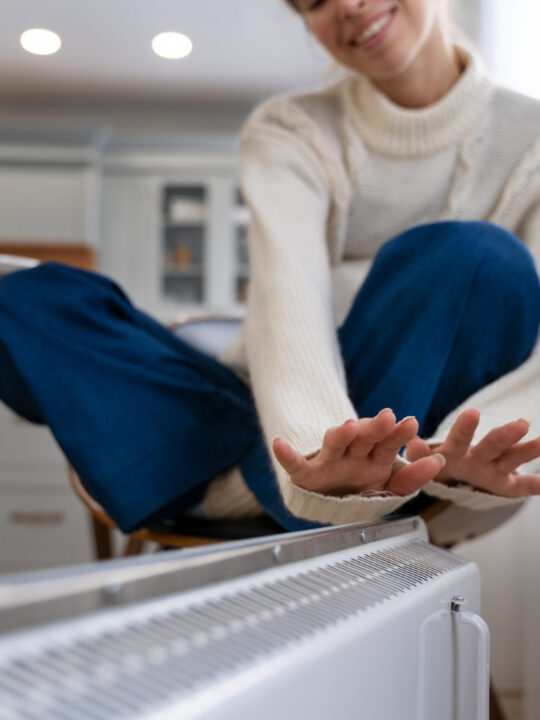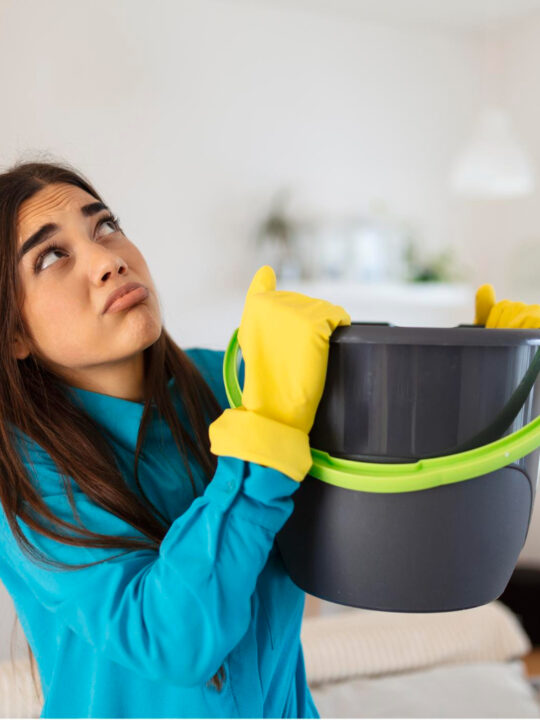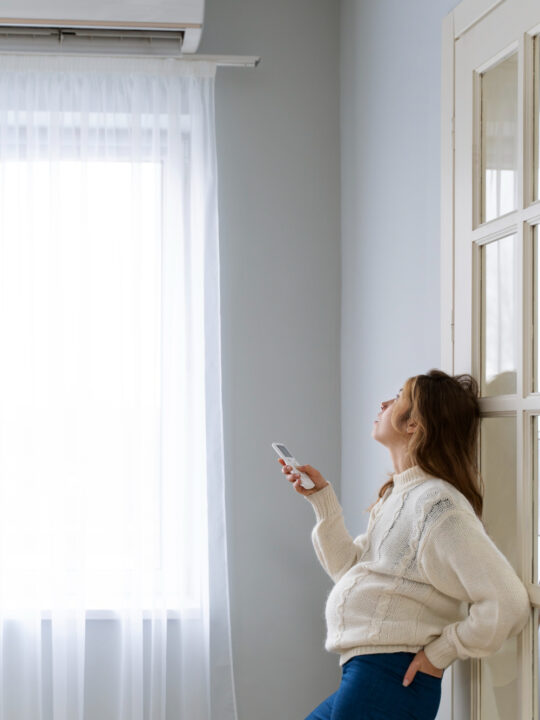If you purchase wine that you’re not going to drink straight away, it’s vital to know how to and where to keep it. The type of storage you choose can have a major impact on the contents of the bottle, so having access to the right wine storage solutions. To learn to store your favorite bottles in optimal conditions, read on and get the ultimate wine storage tips.
Table of Contents
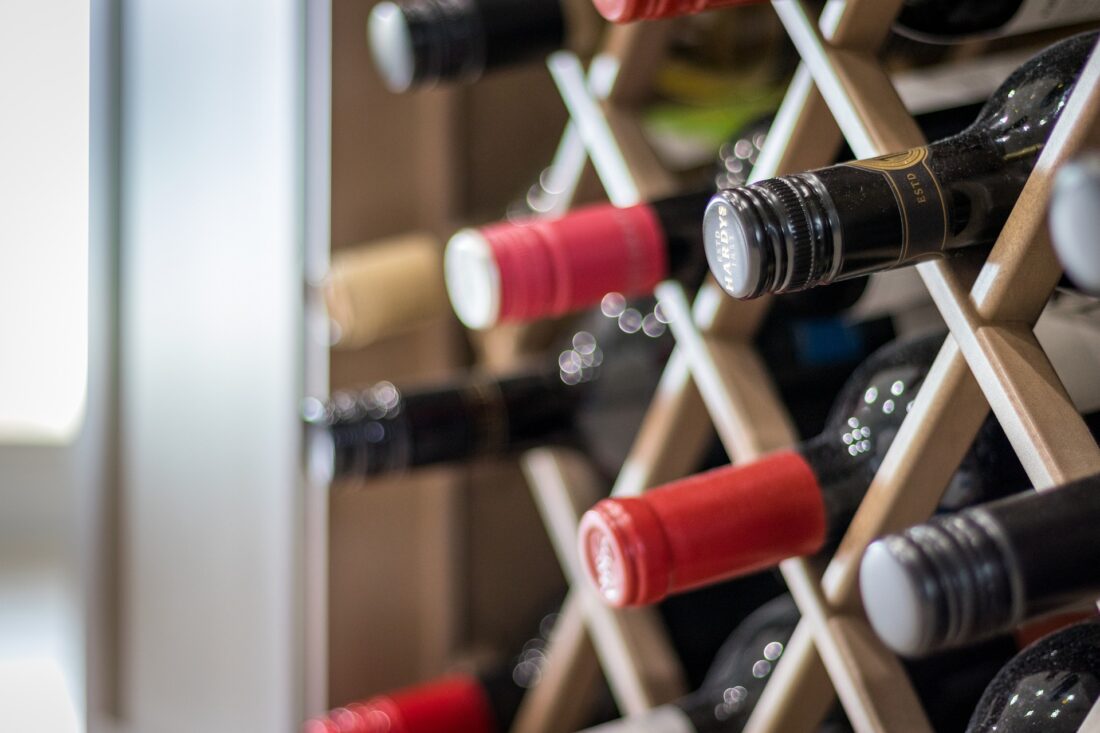 Temperature
Temperature
Although white wine from Underground Cellar is best served chilled and red wine at room temperature, all wines should be stored in a relatively cool environment. If temperatures reach 70° F or higher, it will begin to affect the flavor and aroma of the wine and may give it a ‘flat’ taste. Conversely, storing wine at temperatures lower than 45° F can cause corks to dry out, which results in air getting into the bottle and affecting the wine.
Ideally, you’ll want to store wine at around 55° F, although anywhere between 45°-65° F is usually sufficient. While minor fluctuations in temperature shouldn’t be problematic, aim to keep the temperature as consistent as possible. This will prevent the wine from contracting and expanding and, therefore, avoid air seepage.
Horizontal vs Vertical
Traditionally, wines were always stored horizontally. This is because horizontal storage allows the wine to press against the cork and prevents it from drying out. As more winemakers opt for synthetic corks or screw tops, however, this can be less of an issue. We recently read an interesting article on the ongoing debate between traditional corks and screw tops and, as ever, there is still much debate about which is best between wine enthusiasts!
Wine bottles with a traditional cork should be kept horizontally but, even if you’re storing wine with synthetic corks or screw tops, it can be handy to store them horizontally simply because it saves space.
Lighting
If you want to keep your wine is optimal condition, be sure to store it away from light. Both artificial light and sunlight can speed up the aging process and degrade the wine, which you want to avoid at all costs. While standard household bulbs are unlikely to cause an issue in the short term, exposure to bright lights or sunlight can be extremely damaging.
Humidity
Wine aficionados maintain that wine should be stored in an environment with 70% humidity levels but there’s no need to panic if the humidity varies a little. In fact, humidity levels ranging from 50-80% should be sufficient to store most wines. If you want to ensure you’ve got adequate wine storage at home, using a humidity meter or dehumidifier can be a great way to enhance your storage area.
Finding the Right Wine Storage
At home, you might choose to install a wine fridge or cooler to chill bottles before drinking but these aren’t usually a long-term solution. Instead, you’ll need to find a suitable place within your home that you can turn into your own personal cellar or use professional storage to keep your wine in tip-top condition.
